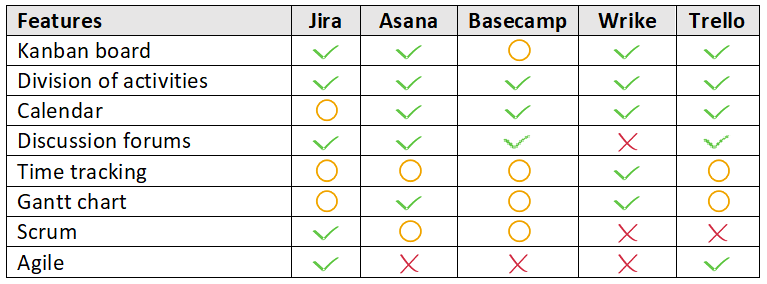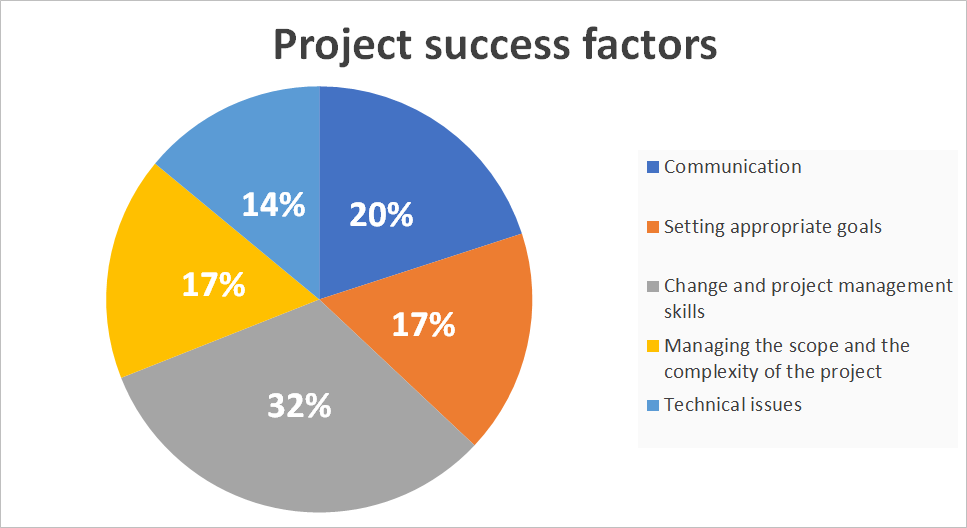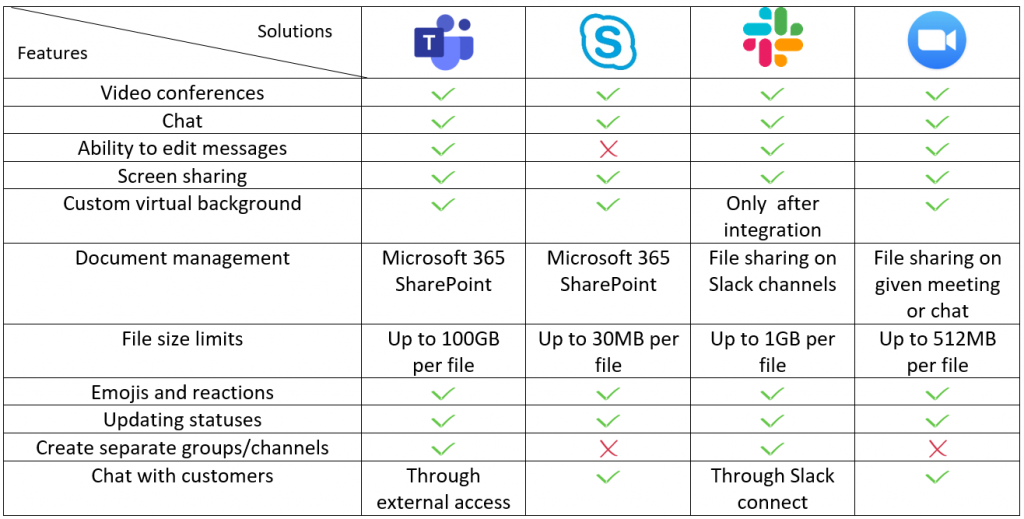IT Project Management Tools
Dagmara Czarnota , 24 March 2021

In each project, people use tools to manage tasks and facilitate communication. Developers working on IT products also use solutions that organize and improve programming work. The main purpose of these tools is to increase efficiency by improving communication, minimizing the number of errors, and increasing the quality of the written code. With solutions, every company can control project stages and stay on schedule.
Teamwork organization and task management tools
Firstly, choose the right tools to organize your team’s work. Such solutions should enable work management by separating specific tasks, setting deadlines, and assigning responsible team members. In this way, responsibilities are divided and each person knows what to do. Also, employees have access to the tasks and work schedules of other team members and can add and edit specific activities.
Task management tools help to track progress and assess the status and phase of the project. Such solutions enable to perform works according to the schedule and help avoid delays. Additionally, most of these tools support adding documents, photos, and comments. Files attached to a specific task are accessible to all interested parties. The ability to create separate threads for tasks and answer individual queries is the main advantage of this solution.
An important feature is also the ability to prioritize tasks. This way, team members know what to do first. Programs integrated with the e-mail address send notifications in which they inform about new tasks, priorities and remind about deadlines.
There are many free project work management tools. However, most of them have some limitations, which is why companies usually use their paid versions. The most popular solutions are Jira, Asana, Basecamp, Wrike, and Trello.

Communication tools
Good team communication increases the efficiency of works by minimizing misunderstandings. According to KPMG Poland’s research in 2019, proper communication is one of the key factors contributing to the success of the project.

The project manager should ensure smooth communication in the team by choosing the right tools and making sure each employee can use it and report any difficulties. It's a good idea to organize weekly meetings to discuss work in progress and set further goals and tasks. Such meetings may be held in a conference room or even online using videoconferencing platforms.
Communication tools sometimes have additional features such as a chat, videoconferencing, file sharing, and the option of creating groups, channels, and threads, which makes content and documentation easier to manage. Individual team members belong only to those groups that relate to their area of work. Creating topic threads makes it easy to find information and shared files.
Screen sharing is also a key feature. It enables users to share and discuss materials. The option to draw on a shared screen and to record is an important advantage of this solution.
There are many communication tools available today. Most of these solutions combine chat, calling, and grouping capabilities to best meet the expectations and needs of project teams. Companies often use Microsoft Teams, Skype, Slack, and Zoom.

Code Management Software
Code management software is used in IT projects to ensure smooth teamwork when creating a technological solution. Developers need a place to store, write, test, and deploy code. Such facilities are provided by source code management tools. In addition, many solutions enable developers to comment, withdraw changes, and approve individual fragments. Thanks to this, the project manager quickly detects errors and corrects the code. What’s more, some code management tools are integrated with solutions organizing teamwork or with programs informing about software errors. One example is Bitbucket, where tasks are created automatically from notifications sent through Trello and Jira.
Version control systems and code repositories enable code management. Version control systems (VCS) track changes and link pieces of code created by different developers. They save the entire history of developing the software and, in the event of an error, the developer can withdraw all changes until the correct program is restored. The most popular version control systems are Git and Mercurial.
A code repository is an extensive version of VCS. Besides basic features provided by VCS, the solution is also integrated with task management, customer relations (CRM), and support request programs, and offers access to tools operating with the methodology of continuous integration and continuous delivery. Continuous integration results in a shared source code repository and frequently integrated code snippets. Thanks to this, everyone from the dev team can see the changes made and apply them to their parts. This methodology helps to quickly find and fix errors. As for the CD, as the name suggests, it automates the delivery by constantly placing and deploying newly compiled versions of code into a given environment.
The most popular code repositories are Bitbucket, GitHub, and GitLab. Below is a comparison of these three services.

Bug Tracking Systems
Bug trackers recording and managing information about software errors are commonly used in IT projects. With these programs, it is possible to quickly detect and fix problems, and thus improve the quality of the code. Bug trackers not only inform about errors in the code but also store data about the repair process. Databases store information about error ID, its priority, the reporting date, results, and status. These solutions are also used by project managers to manage work by dividing tasks and assigning people responsible for solving individual problems. Many dev teams use bug trackers such as Mantis, Bugzilla, Jira, or Redmine.
Software Testing Tools
IT product or code fragments testing is a crucial stage in IT projects. It verifies if the software operates properly and without any bugs. Software testing tools include bug-detecting software, code management tools, as well as applications to process screenshots, collecting and logs processing solutions, and API and functional GUI testing tools. In the case of API and GUI, there are programs offering automatic testing. The most popular solutions supporting API testing include Postman, Rest Assured, and JMeter. When it comes to programs used to automate GUI functional tests, Selenium, Ranorex, or Cucumber are often used.
It pays to use several tools at the same time to achieve IT projects operating smoothly, and quickly. For this reason, it is wise to choose solutions equipped with the most necessary features and the ability to integrate with other programs used. Trello, Bitbucket, Jira, and Slack are examples of tools used in IT projects. Task and work management is integrated with Slack, as well as with a program detecting errors in the code. Jira, on the other hand, is connected to Bitbucket, which is used to manage code. There are currently many IT project management tools available. Bear in mind that the main purpose of these programs is to improve the efficiency of work, not to slow it down and make it more difficult.